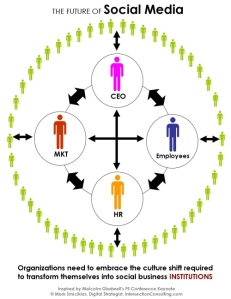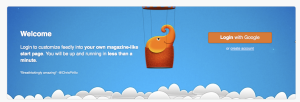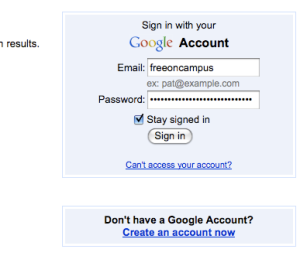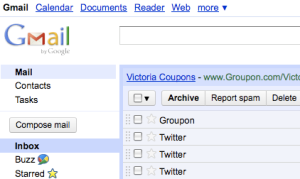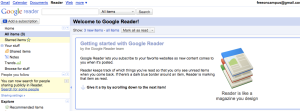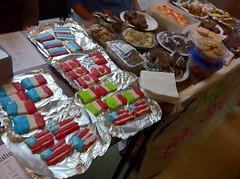And now, without further adieu . . . here is the final social media-related post of 2010. Free On Campus will be ready to go come the spring semester, with the focus on freebies and cheap deals (and the occasional blog post about social media-related topics, because that stuff is really interesting and still an important part of this site).
What do I do with it all?
What does the future of social media hold? If you’ve been reading this site, you’ve seen a familiar theme: how social media applications and sites are becoming more than frivolous friend-connectors – they are emerging as the new tools of creativity and innovation.
At the recent F5 Conference in Vancouver, author Malcolm Gladwell suggested that the key driver behind social media as a tool for change is in the potential for connectivity. This is a visual representation of what he was talking about, taken from the Intersection Consulting Blog:
Gladwell explained that in the realm of business, social media can be a tool of either “the status quo” or of “radical and transformative change.” Gladwell believes that despite the potential applications of social media in business, it has been mostly underutilized.
The difference is in how the entity using the medium understands it. Social media sites such as Twitter and LinkedIn are appealing because they create a direct link between the creator and the reader. This connectedness is the holy grail for contemporary professionals and businesses. But the connection needs to be understood in the context of the culture change that has occurred as a result of the rise of social media.
This culture change is where you fit in. As a student, you are in a unique position to capitalize on the benefits of using social media to both enhance and raise your profile in the professional world. You’ve already got the Facebook account, the Twitter feed, and the newsreader. You are a part of that culture change.
In other words, the fact that you and your friends can’t go more than an hour without checking Facebook might actually benefit you in the long run. The past few posts on this site have discussed how you, as a student and future professional/employee/visionary can change the way you use social media to enhance the way you use the Internet; the increasing ease with which you navigate the net allows you to also understand the power of networking within the realm of social networks; the more people you know, the more waves your posts can make, the more attention you gain, and the greater chance you have for connecting with those who pay attention.
You’ve got the tools, all that you need to do now is use your brains and creative juices to make yourself really stand above the crowd!
